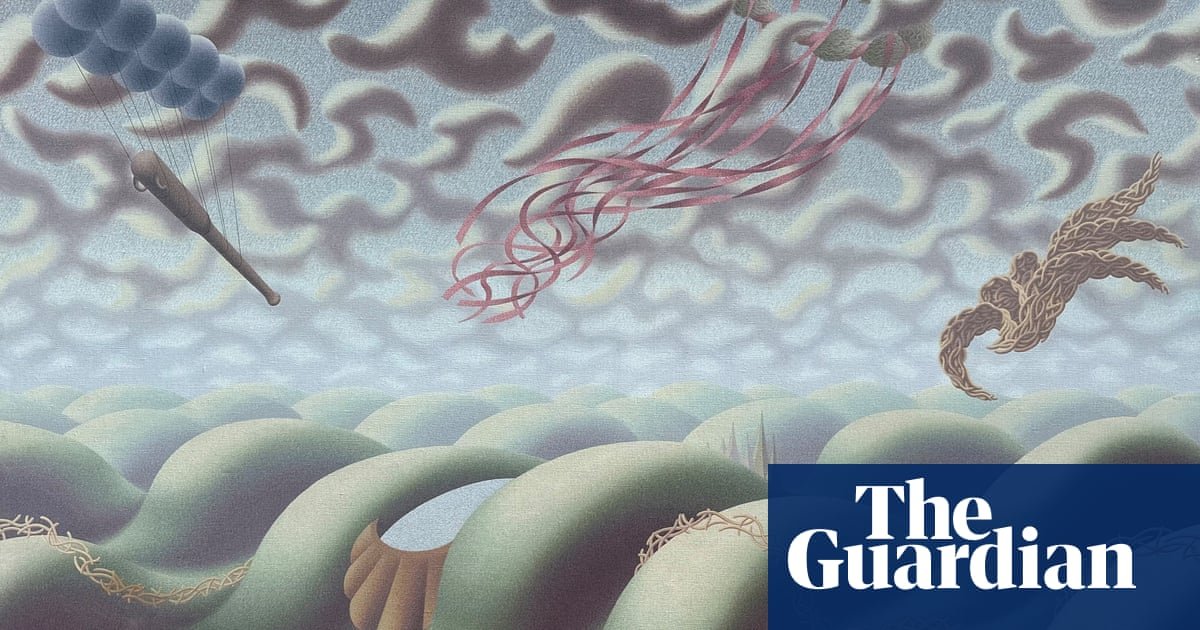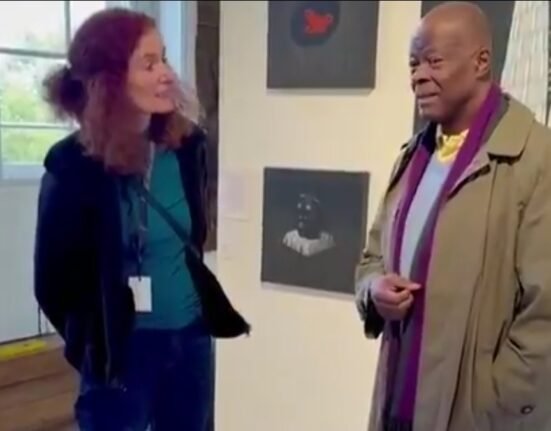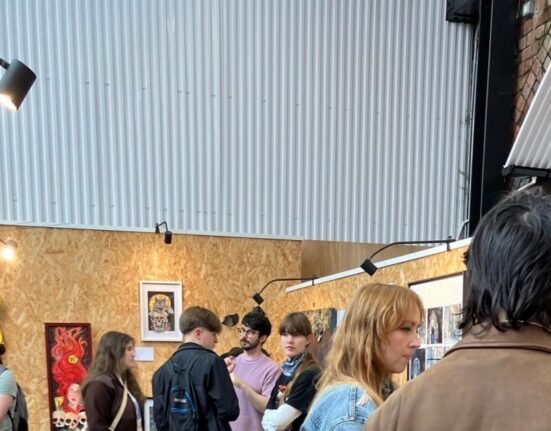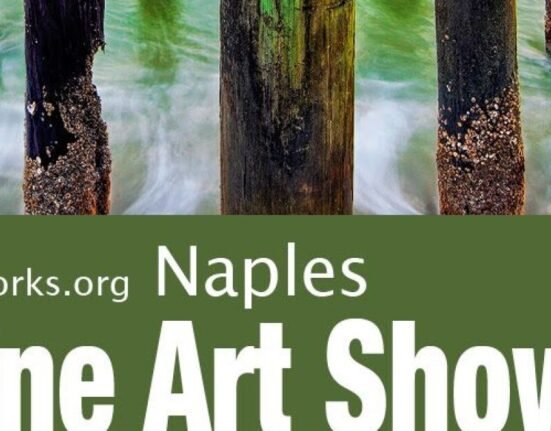A reclusive artist whose work hung alongside masters such as René Magritte and Salvador Dalí has agreed to the first major exhibition of his dream-like paintings half a century after he withdrew from the art world.
Henry Orlik, now 77 and living near Marlborough in Wiltshire, was in his 20s when his talent was recognised as exceptional. In the 1970s, he showed at the Royal Academy Summer Exhibition and had a sold-out one-man show at the Acoris surrealist art centre in London, also taking part in its mixed Surrealist Masters exhibitions with some of the world’s greatest names.
One critic had described his work as “technically brilliant” and predicted that he would not be “unknown for very much longer”.
But Orlik became cynical about the greed of dealers, dismayed that much of the sale price went to them, “leaving very little for me, the artist”.
He refused to allow them to handle his work and simply retreated from public life, painting his pictures without any interest in promoting them commercially. He lived frugally in a council house with support from his mother, who realised his talent.
Now he has been persuaded to allow paintings that had remained hidden and unseen to be shown. The exhibition, titled Cosmos of Dreams, opens at the Maas Gallery in London on 9 August.
It is curated by Grant Ford, a picture expert on the BBC programme Antiques Roadshow and a specialist at Sotheby’s for 30 years until 2016.
He told the Guardian that Orlik’s paintings were “mind-bogglingly good”.
He said: “I have been involved in the art world for 38 years and I have never come across such an extraordinary group of paintings by an artist [who] should be considered one of our greats.
“He conjures extraordinary, other-worldly scenes filled with anthropomorphic landscapes, undulating bodies and solid architectural form … These dream-like paintings examine the fluid nature of time, space, memory and experience and are not bound by rules of reality.”
Orlik was born in Ankum, Germany. During the second world war, his Polish father served in the allied armed forces under British command. His mother was of Belarusian origin and, during the Nazi invasion, had been deported for slave labour at a camp in Ankum.
The family came to Britain in 1948 and moved between different resettlement camps, eventually settling in Swindon. Orlik’s art training included Gloucester College in Cheltenham. He would work on his paintings for months and sometimes years, creating them with thousands of tiny, spiralled brushstrokes and multiple layers.
Asked why Orlik had agreed to the exhibition, Ford said: “He accepts the fact that his work is of exceptionally high quality and unique and that it needs to be seen … Because he was so introverted, all he’s done for the last 50 years has just been painting and painting.”
after newsletter promotion
However, a serious stroke in 2022 paralysed Orlik’s right side, robbing him of the ability to paint and leading to a further tragedy: while he was in hospital, his housing association evicted him and more than 200 of his paintings went missing.
Ford said the loss had “really hurt” the artist and that the police and the local MP were now investigating the case.
He came across Orlik after a friend’s solicitor contacted him, seeking help in finding the pictures.
Ford was astonished to discover that the artist had several hundred more paintings in his possession. Those in the exhibition are priced between £3,000 and £40,000.
Orlik, who certainly needs the money, will receive a large proportion of the sales. Ford said staging such shows was expensive: “He’s just much more open now to doing a show and realising that actually there are costs involved, whereas perhaps when he was a younger man it was more about him and his art. It’s very much a fair arrangement with us as the dealership and him as an artist, holding hands together.”
Given the enduring interest in surrealism, Ford fully expects them to rise in value soon: “People are going to fall in love with them.”
The exhibition, organised by Winsor Birch, a Wiltshire fine art company, runs from 9-20 August at the Maas Gallery in St James’s, central London, before transferring to the Parade, Marlborough, from 23 August to 6 September.







